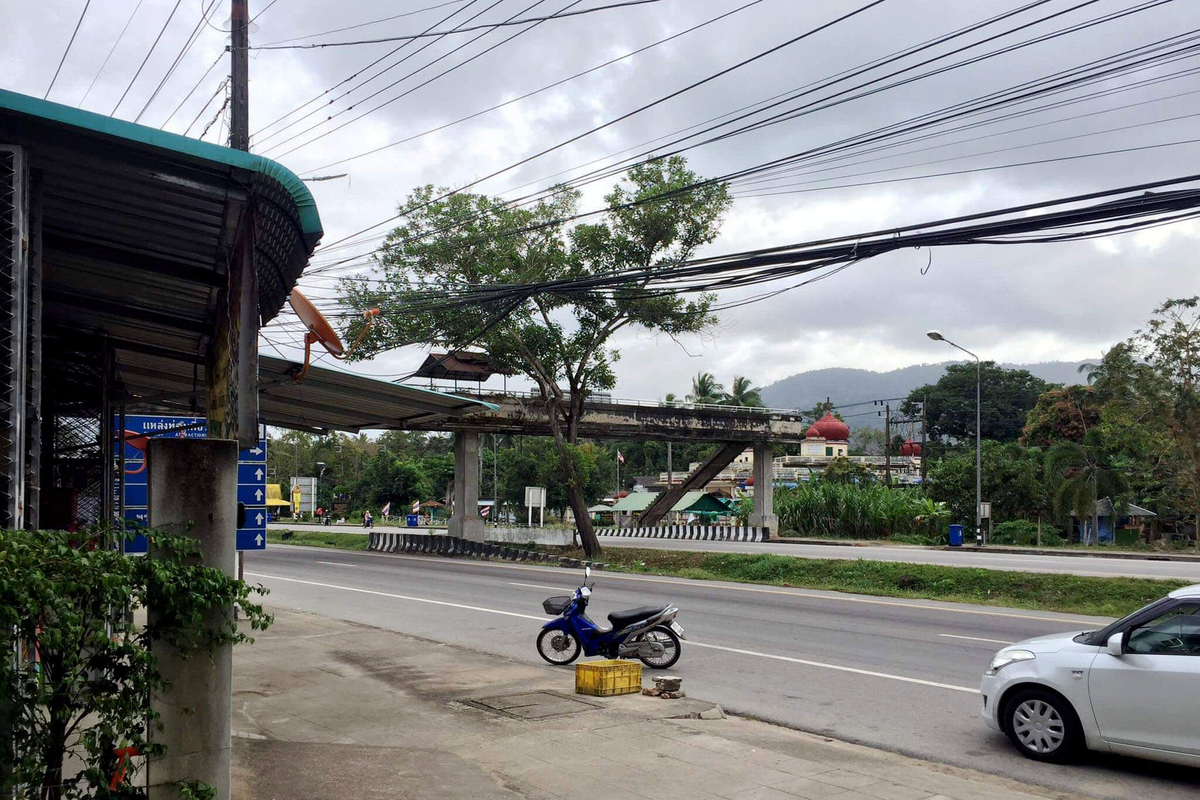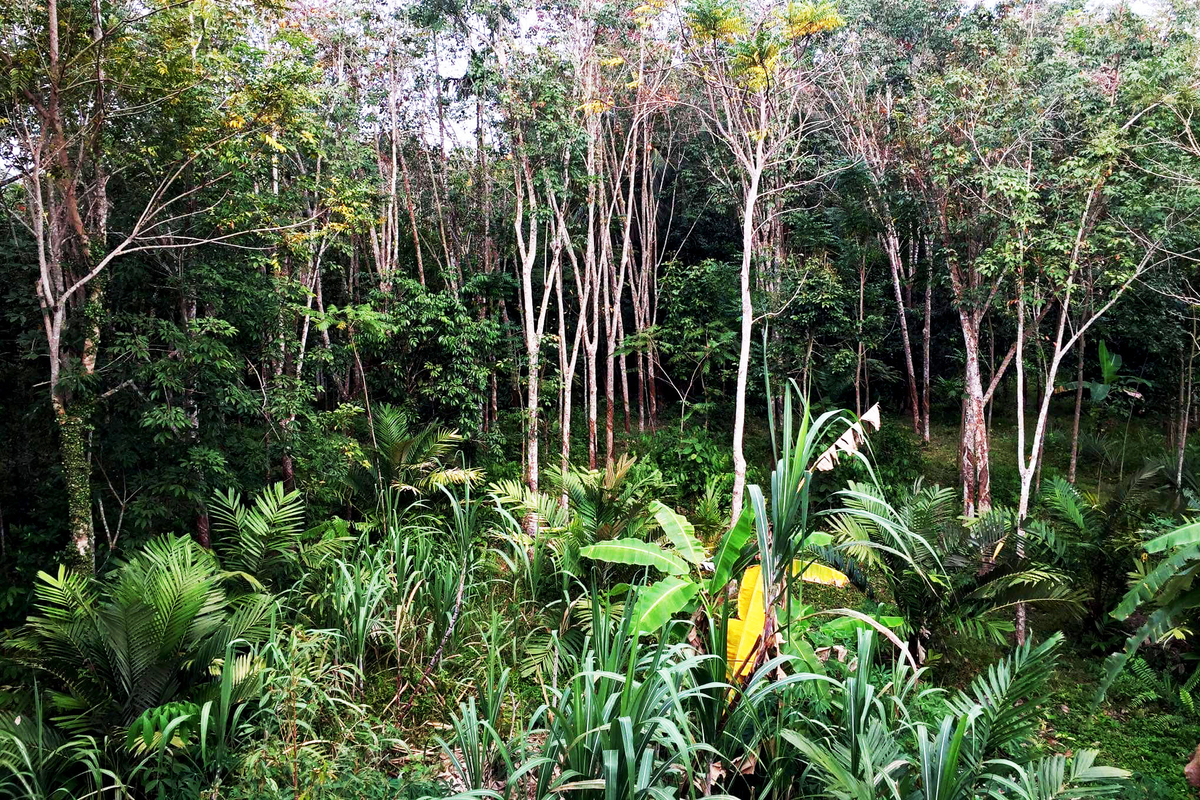Young Thai women advocate reusing agri-waste

Young women in Thailand create awareness about the ill effects of burning crop residue and slash-and-burn practice. They teach communities turn their agri-waste into compost to fertilise their farms. Their initiative prevents air pollution and greenhouse gas emission, besides the compost improving soil health.
Thailand is characterised by its diverse landscapes – from lofty hills and lush green forests to long coastlines bordering the blue seas. But behind this allure of nature is an uncomfortable fact.
It is at the cost of this beautiful environment that development and rapid urbanisation are taking place.
Such development is leading to a depletion of resources and destruction of ecosystems, besides driving wildlife to extinction.
Do you observe environmental degradation in your country? Is there anything we can do?

A burning issue
We, the authors of this write-up, are four students from Narathiwat province in the southern part of Thailand.
People in this province grow up, live in, and even work with nature.
In Narathiwat, a majority of people are smallholder farmers. Many villagers choose the slash-and-burn method to clear the land of vegetation in order to practise agriculture in the cleared land. Earlier, villagers followed this traditional method for subsistence farming. But now the lands are being cleared for commercial crops such as rubber.
Many in the three southern border provinces of Pattani, Narathiwat and Yala grow rubber and horticulture crops.
But intensive slash-and-burn practice to convert land to cultivate these crops releases greenhouse gases into the atmosphere.
Be it crop residue or land clearing, farmers often get rid of dry leaves, tree stumps and roots by burning them, which causes air pollution, thus affecting human health.

Impact of our actions on the environment
Everyone should be mindful of the greenhouse gas emissions that cause global warming and climate change. Increased awareness and paying attention could help the world to be a better place to live since climate change will affect us all.
All of us like convenience in our daily life. But sometimes we fail to see the negative effects of our actions.
Our small, everyday actions that add up and has a cumulative effect on the environmental decline.
Do we give a thought to our actions? For example, what happens to the food waste we dispose of? What about the unused parts of logged trees?
Can we try and stop the activities that would negatively affect the future generations?

The Good Weather Good Life project
The challenges such as burning and disposing of waste we observed and experienced in our own communities resulted in the Good Weather Good Life project. We came up with this project to make use of 'waste' materials to enhance the environment.
We received financial support from UNDP for our project, and guidance from experts, which helped us gain more knowledge on composting waste and using it as fertiliser.
UNDP helped us raise awareness among the community, about the impacts of climate change and positive aspect of turning waste into compost instead of burning it.
UNDP also facilitated a meeting with Pu, the headman of a village. He is an expert in producing organic compost and fertilisers. Pu taught us easy composting processes.
Adding value to ‘waste’
In November 2021, we started our project to reduce the burning activity. We met the community and told them about the negative impact of burning vegetation. We suggested an alternate use for the leaf litter and crop residue – composting the waste.
People showed interest in producing organic compost since the process is simple and they could use the compost as fertiliser in their farms.

We began composting the leaf litter and crop residues on a trial basis in Yi-Ngo district.
The project aims to transform crop residue from agricultural farms as well as food and other organic waste – such as rotten fruits and kitchen waste – from households, into organic fertiliser. Using the waste thus instead of disposing it off will prevent waste pollution, and improve soil quality.
Starting from our own villages, once the adoption increases, we plan to introduce this work in other areas as well.
We came across plenty of abandoned tree stumps and roots in villages. These can be made into furniture. We are yet to start the furniture production as the process is more time-consuming.
While executing the compost project, we were concerned that we might not be able to continue this in a full-fledged manner when we join universities for further studies.
We hope that involving the village headman or farmers’ leader would help the communities continue the activities on their own.
Towards sustainable development
Narathiwat province has a range of natural resources and beautiful landscapes where mountains and the oceans meet.
Be it an individual or the administration, each of us should be mindful of our actions in protecting and preserving the environment and natural resources.
Now, there is an increase in infrastructural development such as roads.
While improving the quality of life by providing infrastructure, the government should also pay attention to the environmental and livelihood impacts of such development.
For instance, a road is being built in a mountainous area, to reduce travel time. But according to the local people, the site of the proposed road is prone to landslides during monsoons. So government interventions should ensure that it is a sustainable development for the local community, in terms of livelihood, safety and the environment.
As many villages still remain pristine, the development should be done in such a way that the resources and the beauty are preserved for future generations.






Member discussion